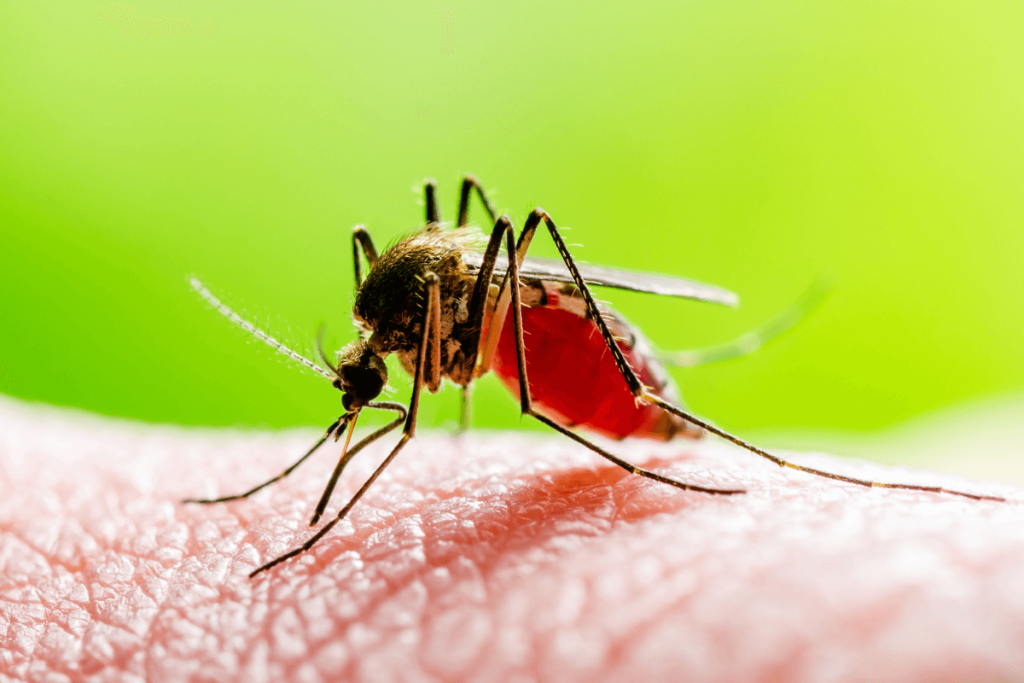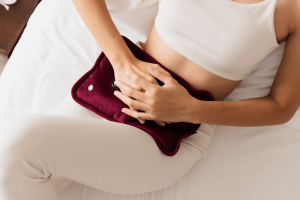
Mosquito bites remain a common nuisance and a major source of vector-borne disease transmission. The reason why some people are bitten more frequently than others is not fully understood. Previous controlled laboratory investigations have identified factors like microbiota composition, personal hygiene, and alcohol consumption as potential contributors. This study aimed to examine inter-individual variation in mosquito attraction in a naturalistic environment and to detect behavioural, biological, and environmental factors that contribute to differences in mosquito bite risk.
Researchers conducted a field experiment during a large music festival in the Netherlands. A total of 524 volunteers were enrolled, of whom 465 were involved in the final analysis after excluding individuals who had used repellent, had insufficient mosquito activity, or had missing data. Participants were recruited on-site and assessed in a temporary laboratory container. Mosquito attraction was measured by counting the number of mosquitoes landing on the forearms of participants inside a cage containing hungry female mosquitoes. To record the attraction results, participants completed surveys on hygiene habits, demographics, alcohol intake, substance use, and sleeping arrangements. Skin swabs were collected from the forearm for microbiota profiling by using 16s rRNA sequencing. Blood alcohol concentration was assessed to investigate its association with mosquito attraction.
Among the 465 participants, mosquitoes preferred beer drinkers over non-drinkers (95% confidence interval [CI]: 1.12 to 1.63, fold change [FC]: 1.35, PFDR<0.001). Attraction appeared to be “contagious,” as participants who had shared a tent with another person the previous night were more appealing to mosquitoes (95% CI: 1.14 to 1.58, FC: 1.34, PFDR= 0.002). Skipping a morning shower and using sunscreen decreased mosquito attraction (95% CI: 0.38 to 0.70, FC: 0.52, PFDR< 0.001). Streptococci species were more common on the skin of highly beautiful people (Puncorrected=0.017), and a higher abundance of malodour-linked bacteria was also observed.
Mosquito bites differed significantly in individuals with beer consumption. Beer drinkers had higher bite counts than non-drinkers. This indicates that volatile compounds or odors specific to beer can influence mosquito behaviour. Wine consumption exhibited a weaker association, and liquor intake had no effect. Cannabis use was linked to increased attraction in univariate models but not in multivariate analysis. Sleeping with a partner also increased mosquito attraction, highlighting the influence of shared environmental and behavioral exposures. Using a sunscreen on the forearm reduced attraction, which suggests that sunscreen may mask or block human odor cues or use repellent-like ingredients. Perfume use and gender had no measurable impact, and blood type was not associated with bite frequency. Skin microbiota analysis provided limited insights, but the genus Streptococcus was more abundant in highly attractive participants before correcting for multiple testing.
This study was conducted in a humid and dynamic festival setting with limited control over the hygiene, alcohol consumption, and environmental factors. With this limitation, this larger cohort and naturalistic design provided valuable information on real-world mosquito attraction. It reveals that certain behaviors like alcohol consumption, drug use, and co-sleeping increase mosquito bite risk. Protective behaviors like using sunscreen can temporarily reduce the attraction. Lifestyle and environmental exposures play a more important role in shaping mosquito attraction than biological differences. This study suggests a sober lifestyle, abstaining from alcohol and drugs, sleeping alone, and regularly applying sunscreen may help reduce mosquito bites. The study provides practical guidance for minimizing mosquito exposure during outdoor activities.
Reference: Blanken SL, Inklaar MR, Wan Z, et al. Blood, sweat, and beers: investigating mosquito biting preferences amidst noise and intoxication in a cross-sectional cohort study at a large music festival. bioRxiv. 2025. doi:10.1101/2025.08.21.671470














